Tariffs threaten to push US clothing prices up by 8 percent
AI Generated Image Credits: FashionUnited American consumers are bracing for potential price hikes on clothing, with estimates suggesting an increase of around 8% due to the tariffs announced this week. This could translate to an extra 7 US dollars on a typical 90 US dollars item like a sweater or jeans. The widespread impact is due to the fact that approximately 97 percent of apparel purchased in the US is sourced from overseas. The newly imposed tariffs on major apparel-producing nations – China (34 percent), Vietnam (46 percent), Bangladesh (37 percent), and India (27 percent) – are poised to significantly inflate import costs. Despite efforts by some manufacturers to mitigate the impact of anticipated tariffs on China by relocating production, the expansion of these tariffs to other key sourcing countries has broadened the scope of the problem. As taxes on imported goods, these will initially be paid by American businesses upon the arrival of shipments. However, the extent to which these added costs will be passed on to consumers is yet to be seen. Factors such as existing contracts with wholesalers and retailers' strategies to maintain market share could lead to a partial absorption of the tariff burden by businesses. To illustrate the potential cost implications: A mid-range garment priced at US $18 FOB will incur an average additional tariff of 38%, amounting to an extra 6.84 USD. This increased import cost for clothing items, which ultimately retail across a wide price spectrum, leaves open the critical question of how the financial impact will be distributed across the supply chain, from manufacturers and wholesalers to retailers and, ultimately, the consumer.

American consumers are bracing for potential price hikes on clothing, with estimates suggesting an increase of around 8% due to the tariffs announced this week. This could translate to an extra 7 US dollars on a typical 90 US dollars item like a sweater or jeans. The widespread impact is due to the fact that approximately 97 percent of apparel purchased in the US is sourced from overseas.
The newly imposed tariffs on major apparel-producing nations – China (34 percent), Vietnam (46 percent), Bangladesh (37 percent), and India (27 percent) – are poised to significantly inflate import costs.
Despite efforts by some manufacturers to mitigate the impact of anticipated tariffs on China by relocating production, the expansion of these tariffs to other key sourcing countries has broadened the scope of the problem.
As taxes on imported goods, these will initially be paid by American businesses upon the arrival of shipments. However, the extent to which these added costs will be passed on to consumers is yet to be seen. Factors such as existing contracts with wholesalers and retailers' strategies to maintain market share could lead to a partial absorption of the tariff burden by businesses.
To illustrate the potential cost implications: A mid-range garment priced at US $18 FOB will incur an average additional tariff of 38%, amounting to an extra 6.84 USD.
This increased import cost for clothing items, which ultimately retail across a wide price spectrum, leaves open the critical question of how the financial impact will be distributed across the supply chain, from manufacturers and wholesalers to retailers and, ultimately, the consumer.




































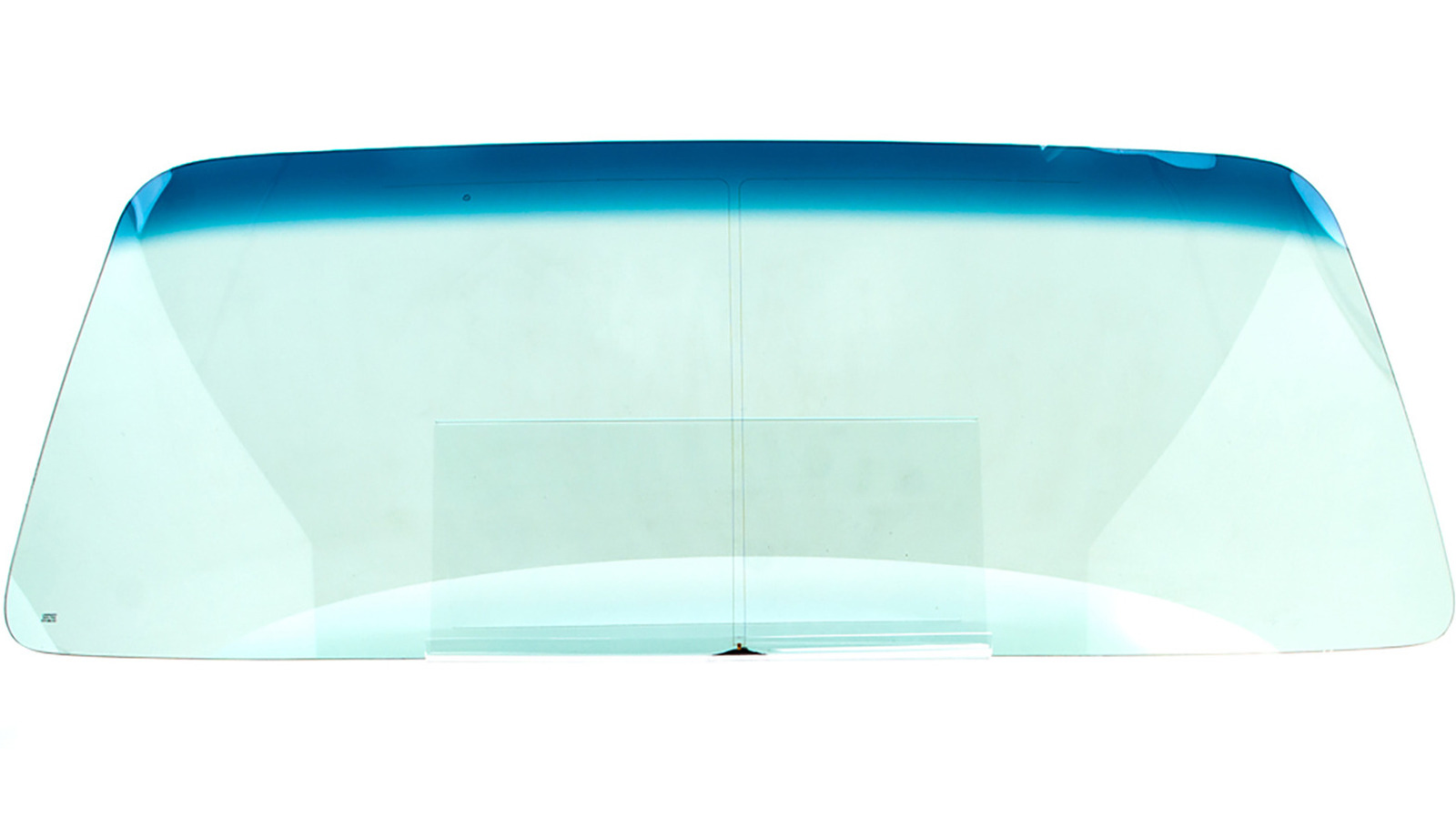


























































![What you need to know before you go to Sea Air Space 2025 [VIDEO]](https://breakingdefense.com/wp-content/uploads/sites/3/2024/05/Screen-Shot-2024-05-14-at-12.19.19-PM.png?#)



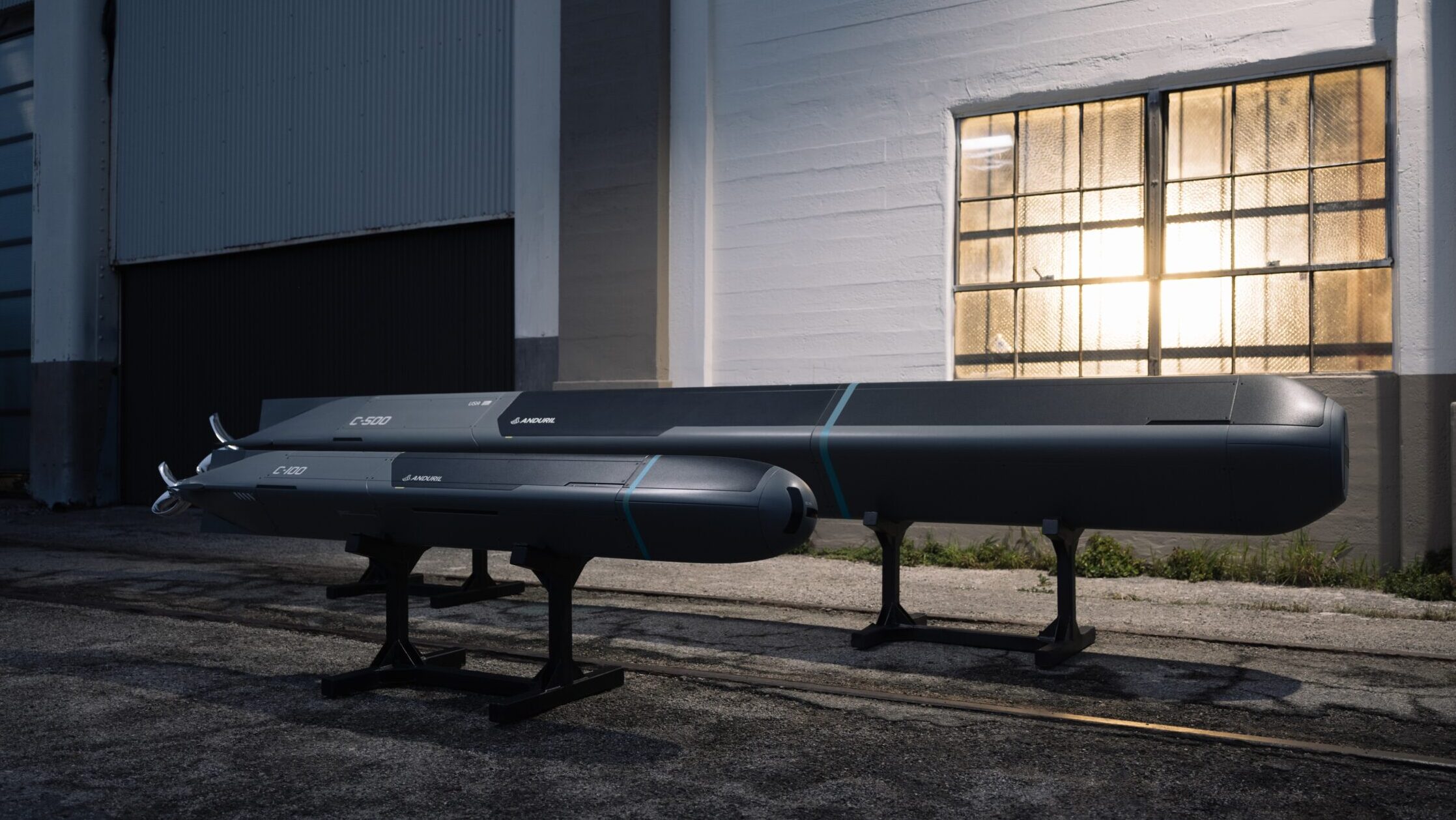













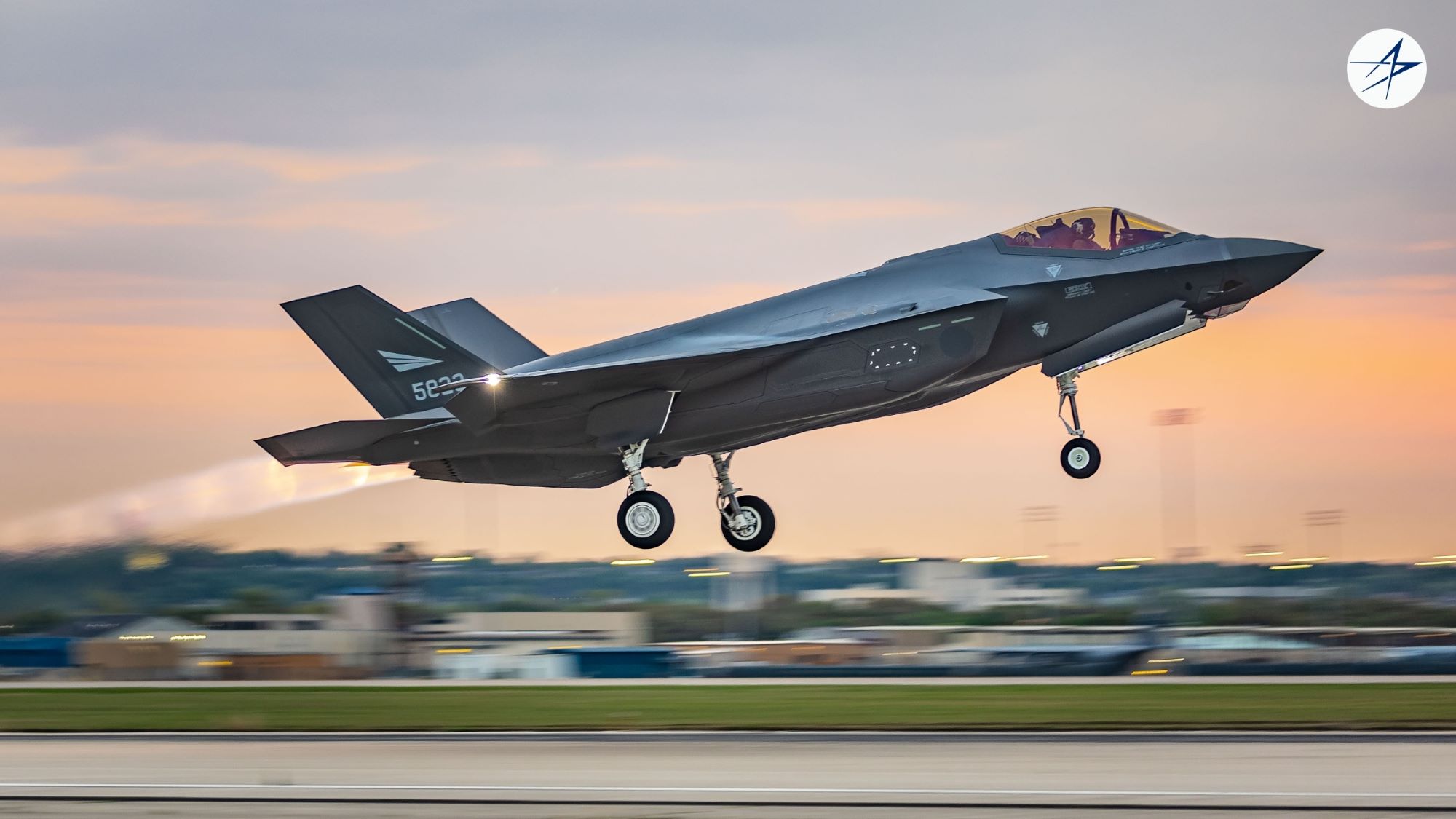












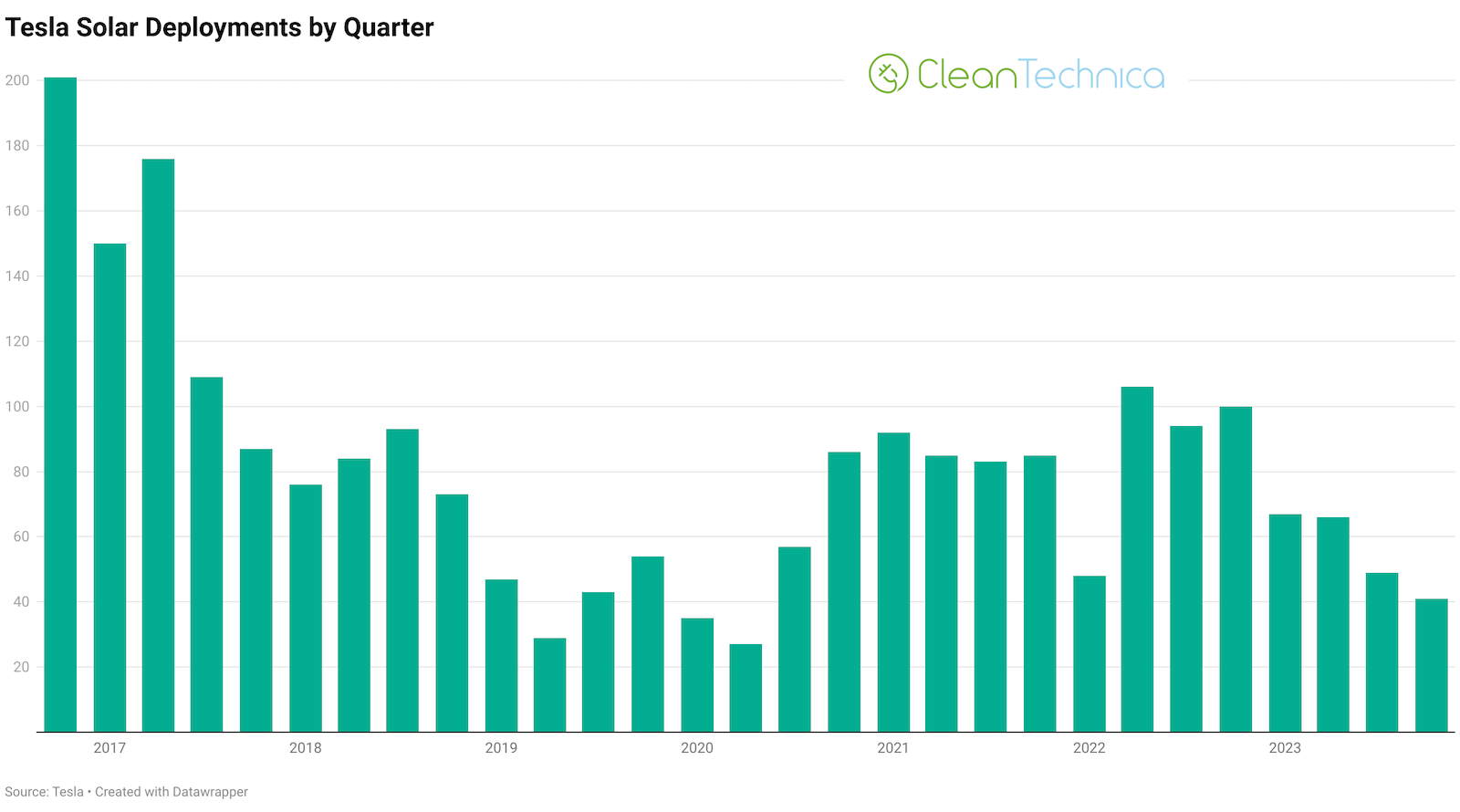











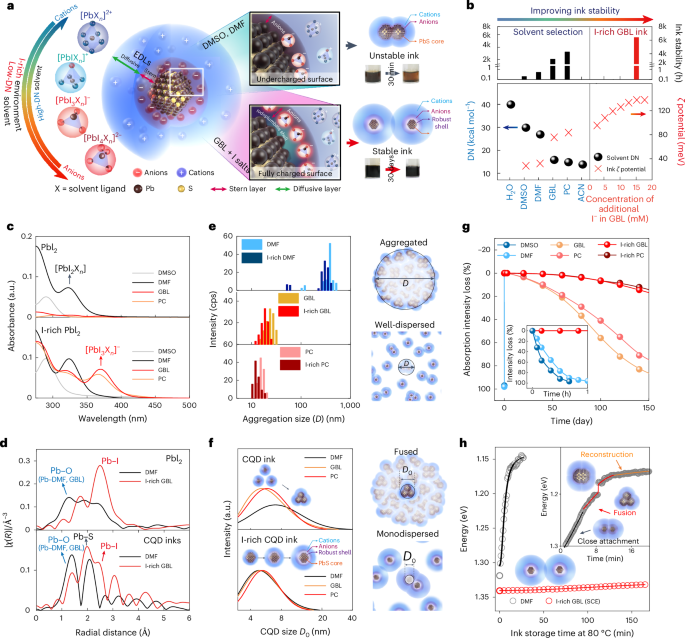





































.jpg)








